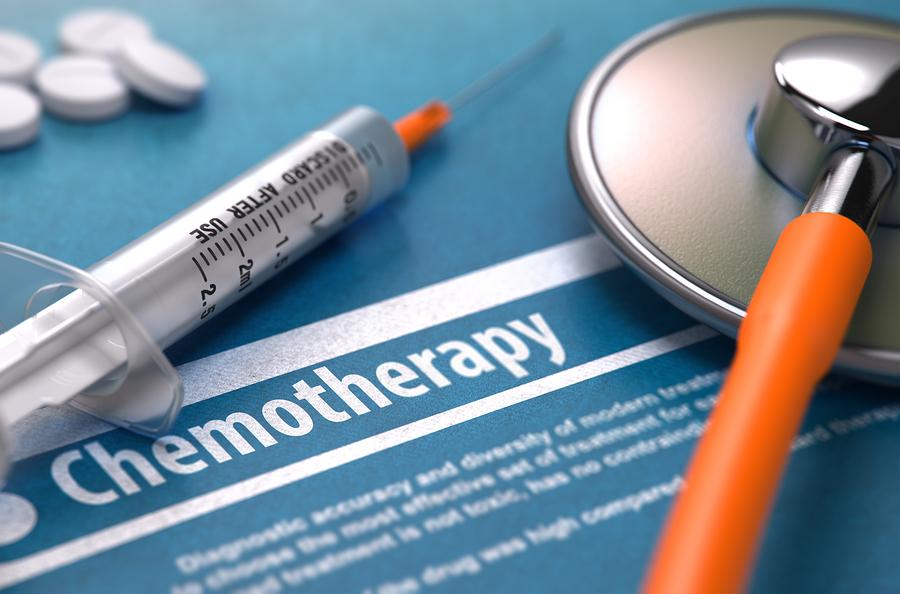
There are four types of conventional cancer treatment: surgery, chemotherapy, radiation and hormone inhibition.
Surgery
Surgery was one of the first treatments offered to cancer sufferers. Surgery can either be used to diagnose cancer with a biopsy to determine to what stage the cancer has progressed to, or to remove the entirety of the cancerous mass. Sometimes surgery is used to de-bulk the tumour, which means removing enough that other types of treatment will be able to be effective. Surgery can also be used to remove tissue to prevent cancer in high-risk patients, to reconstruct tissue after the cancer has been treated, or to reduce pain and other symptoms that affect cancer sufferers as part of palliative care.
Those undergoing this type of treatment risk the possible side effects of surgery, which can be due to the surgery itself, the medication used during the surgery, or the patient’s general health. Biopsies have a low risk factor, though infections and reactions to anaesthesia are possible. Surgical risks include bleeding, blood clots, damage to nearby organs and tissue, infection and the slow recovery of bodily functions. These effects are not generally expected to be life-threatening.
Recovery from cancer surgery is dependent on the type of surgery the patient has undergone, but there are common experiences. It is likely that the patient will have to recover from anaesthesia, which can leave some patients feeling unusually drowsy for a few hours or even until the next day. As tubes and catheters are generally used during surgery to maintain breathing and urination, there may be some discomfort remaining once they have been removed. Surgical drains, or tubes designed to drain excess fluid from the surgical opening, may have to remain in place for a few days. It is important that patients eat and drink as much as they are able to after the surgery, though they may need to start with clear liquids at first. Moving around will likely be recommended to keep the body healthy, and moving home will be likely if all goes well.
Chemotherapy
Chemotherapy is the use of strong chemicals in a treatment, in this case designed to kill off cancerous cells in the body. It is used because of its ability to treat the rapid expansion of cancerous cells. Chemotherapy for cancer can be used to cure the illness, often referred to as “curative intent”. It can also be used to control the spread of cancer to make the condition more manageable; and it can also be used to ease the symptoms patients experience with cancer, referred to as “palliative chemotherapy” or palliation.
There are many types of chemotherapy available to patients, and they are chosen dependent on the type of cancer the patient is suffering from. However, they all work similarly in that they target cells that are in the process of forming new cells as part of a normal cell cycle. Cancerous cells divide into new cells rapidly, making chemotherapy a frequent choice of treatment. However, chemotherapy targets all cells, not just cancerous cells, and this can cause side effects. Chemotherapy is a careful balance between the treatment of cancerous cells and the severity of the side effects.
Chemotherapy can be given in any environment, with some patients choosing to have the treatment at home rather than in a medical setting. Treatment can be daily, weekly or monthly depending on the treatment needed, but it is generally given in synchronisation with the cell regeneration cycle. The medication is given through intravenous treatment directly into the bloodstream, or orally, through a pill or liquid. In some cases, the chemotherapy is given through the spinal canal (intrathecal), directly into the main artery supplying the tumour (intra-arterial), directly into the muscles (intramuscular), directly into the tumour (intralesional) or into the bladder (intravesical). Occasionally the treatment is topical, being put directly on the cancer of the skin.
Side effects of chemotherapy are usually from the treatment affecting the healthy cells in the body. The most commonly affected cells are the blood-forming cells in the patient’s bone marrow, the hair follicles, and the cells found in the mouth, digestive tract and the reproductive system, though other cells in the organs can be affected. Common side effects include fatigue, hair loss, infection, anaemia, easy bruising, nausea, constipation, and pain across different areas of the body. Patients may lose weight, experience mood changes, or changes in libido and sexual function. Fertility issues may also occur.
Recovery from chemotherapy is usually about managing the side effects of the treatment and to monitor the progress of any cancer. Should the cancer return, another round of chemotherapy will likely be prescribed.
Radiation
Radiation therapy is a common treatment for cancer patients which uses high-energy particles and waves to target cancerous cells. These include x-rays, gamma rays, protons and electron beams. Radiation therapy can be given alongside other treatments such as surgery and chemotherapy. The radiation from the waves breaks down the DNA in cancerous cells, preventing them from dividing and growing. The treatment is applied locally to tackle the cancer, though this can be externally or internally. It can affect normal cells, though most return to normal post-treatment.
The cancers that can be treated by radiation are generally those that are accessible or more sensitive to radiation treatment. Radiation can generally not be used more than a few times, as the body can only receive a maximum safe lifetime dose of radiation before it becomes unsafe.
Common side effects of this type of treatment include fatigue, skin issues such as irritation, blistering or itchiness, hair loss, eating issues such as lack of hunger and low blood counts. Post-treatment care is generally the management of these symptoms and other issues that may result from the radiation such as pain.
Hormone Inhibition
Hormone treatment is sometimes used for those cancers that are affected by hormone levels in the patient’s blood, which include breast cancer, ovarian cancer and prostate cancer. For example, in some instances of breast cancer, the cancer cells have receptors that grow with the addition of oestrogen, leading to the use of hormone inhibition treatment. This type of treatment is often used after other forms of cancer treatment to ensure that the cancer does not return, though it may be started in conjunction with other treatments. It works across the body, making it useful in cases where the cancer has spread further than the initial site.
Hormone treatment is given through tablets, which are taken at regular intervals by the patient, injections and nasal sprays. Side effects include fatigue and hormonal effects such as hot flushes, sweating and mood swings, as well as weight gain, bone thinning, and sexual dysfunction.
Post-treatment care is generally managing the side-effects of the treatment and monitoring for the possible recurrence of the cancer.
References
1) https://www.cancer.gov/about-cancer/treatment
2) http://www.cancerresearchuk.org/about-cancer/cancers-in-general/treatment/
Related Posts
Cigarettes May Inhibit Inflammation Treatments
Axial spondyloarthritis, also known as AxSpa, is a chronic…







